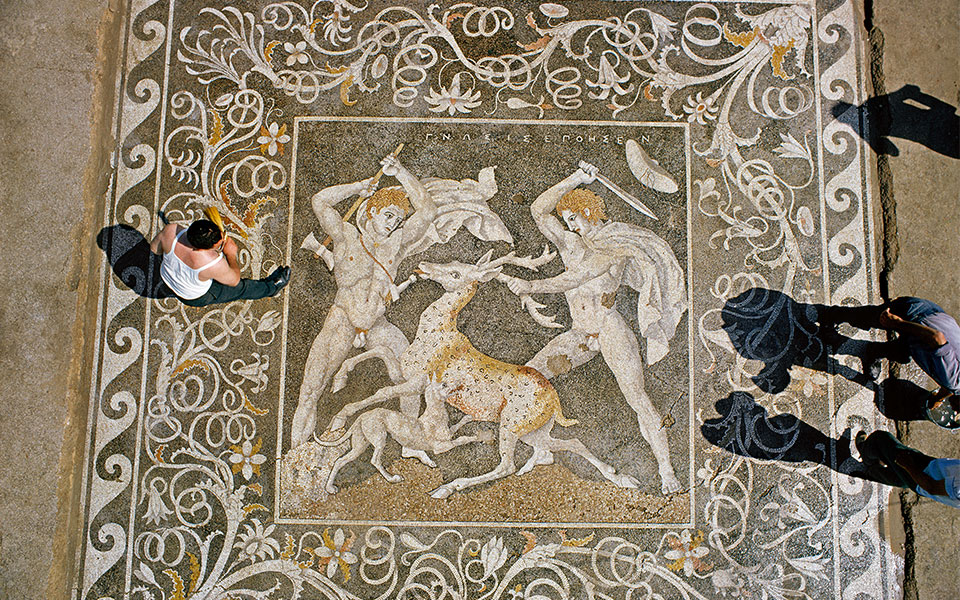Northern Greece, dominated in ancient times by the powerful kingdom of Macedonia, especially under the rule of the Argaead dynasty (ca. 700-305 BC), is an historically and culturally rich region that for over 2,000 years has been a source of pride, discussion and controversy. Who were the ancient Macedonians? Despite occasional contemporary claims that they were not Greeks, the literary and archaeological evidence is definitive.
In the 5th c. BC, Herodotus, the “father of anthropology,” had already recorded an oral tradition from Macedonian sources concerning their history and lineage. He writes that Perdiccas I departed the Greek city of Argos (late 8th c. BC), entered Illyria and then Paeonia, but was not allowed to remain. He therefore returned south to settle in “the Gardens of Midas” in the shadow of Mt Vermion, where he founded his royal seat at Aigai (Vergina). The Macedonians’ descent from the Argive Temenids is similarly mentioned by Thucydides and Aeschylus later in the 5th c. BC, at a time when no great contact existed yet between Macedonia and Athens.
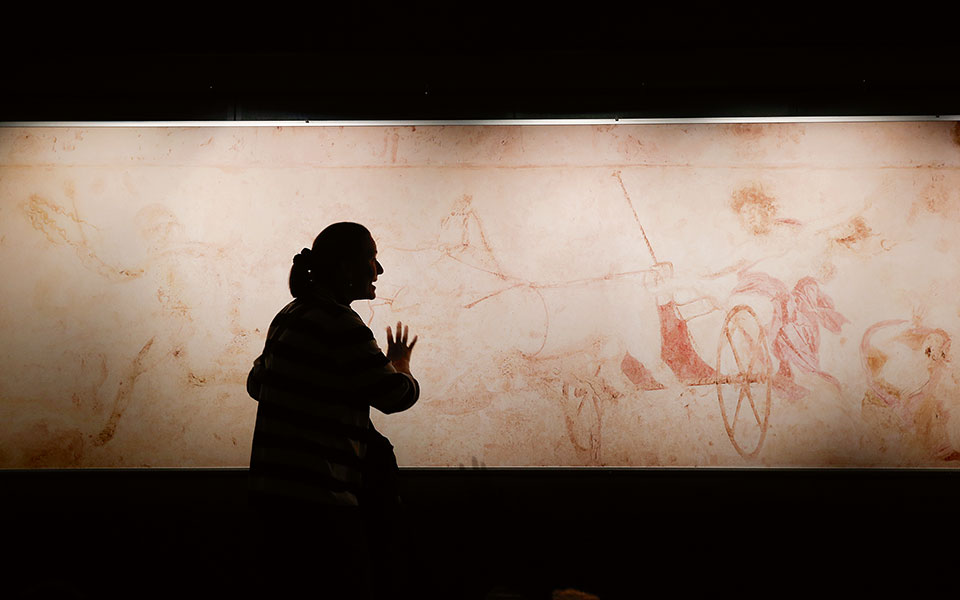
© AP Photo/Petros Giannakouris
Herodotus also records an early dispute over the Macedonians’ origins, when Alexander I attempted to participate in the Olympic Games in 504 or 500 BC. His fellow competitors complained to the judges that he was not Greek, but after a pause to consider his claim of Argive ancestry, they confirmed his Greek ethnicity and allowed him to participate. A lead curse tablet unearthed at Pella in 1986 shows that, by at least the mid-4th c. BC, the Macedonians were speaking and writing in a distinct northwestern dialect of Doric Greek.
With the rise of Archelaus I (who ruled 413-399 BC) and most notably Philip II (who ruled 359-336 BC), Macedonian authority and cultural interconnections expanded to the east, west and north. Archelaus also began importing great artists from the Greek south, including Euripides, while Philip made Attic Greek the official language of his court and brought in Aristotle to provide his son Alexander III with a proper Greek education.
This was the world in which Alexander the Great grew up and came to rule (336-323 BC). He inherited an empire that stretched from his mother’s native Epirus to the mineral-rich mountains of Thrace, and from Paeonia to the southern borderlands around Mt Olympus. During his extraordinary Asian Campaign, he vastly expanded these imperial holdings, setting the stage for a posthumous, unparalleled zenith in Greek culture and influence. With the arrival of the Romans (mid-2nd c. BC), a new power took over the Greek East. Macedonia became a crucial link in Rome’s network of imperial control and in the westward spread of Christianity.
KEY PLAYERS
Through the centuries, a colorful band of characters – kings, commanders, philosophers and plotters – has ensured that ancient Macedonia retains its place in the forefront of Greek history.

Alexander the Great
Alexander III (ruled 336-323 BC) took Macedonia and the Greek world in general to stunning new heights. As a youth, Alexander displayed bravery, cunning and ambition, impressing his father and other elders. Assiduously trained in warfare at Pella and tutored by Aristotle at nearby Mieza, he went on to marshal all of Greece; lead his army deep into Asia, winning battle after battle; spread Greek learning, language and culture throughout the known East; and promoted a progressive commingling of cultures that ultimately may have contributed to his army’s disintegration. Alexander’s good looks, military prowess and zest for life made him a true, timeless “superhero.”

Aristotle
The son of a doctor from Stageira in eastern Chalkidiki who had previously served the Macedonian royal court, Aristotle himself was tapped by Philip II to tutor Alexander and the sons of other nobles. A great thinker who is now considered the Western world’s “first scientist,” Aristotle educated his pupils in subjects including Homeric literature, morals, religion, logic, art, geometry, astronomy, rhetoric and medicine.
His own studies and writings cover all of these areas and more. Trained under Plato in Athens, he later founded his own school of philosophy, the Lyceum, where he reportedly instructed his students while strolling around its courtyard.
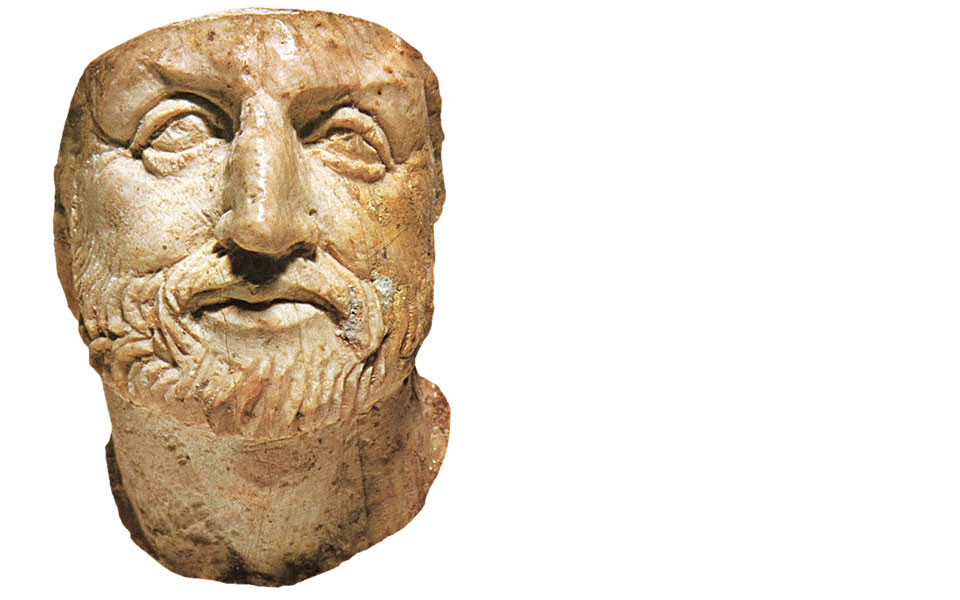
Philip II
The reign of Philip II (359-336 BC) was marked by further expansion of the Macedonian kingdom. An ambitious, battle-hardened military man with the scars to prove it, Philip suppressed numerous threats from neighboring regions, consolidated his empire and sought to gain control further to the south, invading Thessaly and imposing his power on Delphi and Olympia.
At Pella, he was married multiple times and fathered Alexander III (“the Great”) – upon whose character and later achievements he seems to have had a profound effect. He was finally assassinated by a disgruntled male lover at Aigai, where he was subsequently entombed within the Great Tumulus.
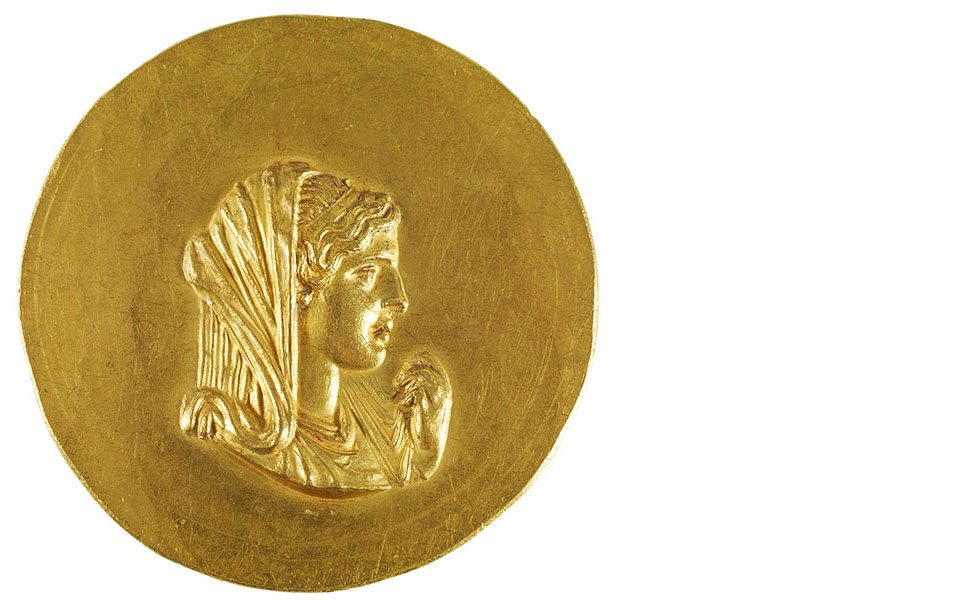
Olympias
The fourth and most famous wife of Philip II was Olympias (AKA Polyxena or Myrtale). The name of “Olympias” was, in fact, commemorative and given to her after her husband’s racehorse won the “keles” event at Olympia in 356 BC. Originally a Molossian princess from Epirus, Olympias was a wild, ambitious character who handled snakes and fiercely guarded her son Alexander’s prospects for ascendancy to the throne. Olympias, who reputedly conceived Alexander following a visit from Zeus disguised as a serpent, ruthlessly eliminated her son’s rivals and even masterminded her husband’s assassination. True or not, her legend lives on.
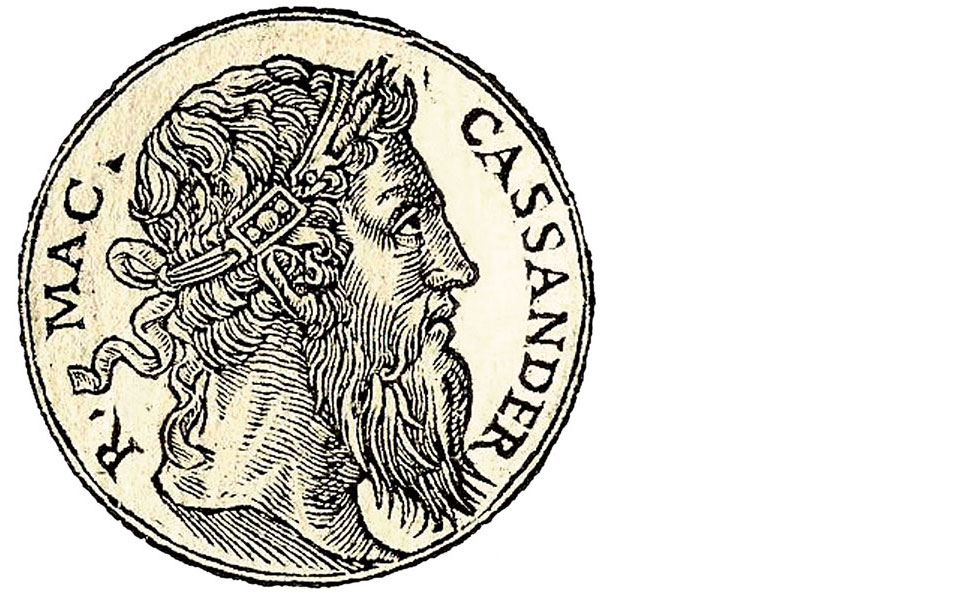
Cassander
A distant relative of Alexander, Cassander was one of the prince’s “classmates” under Aristotle. He was also the son of Antipater, a regent of Macedonia (321-319 BC) following Alexander’s death. Cassander, too, became regent (317-297 BC) and, like his father, ruthlessly schemed for this supreme authority – cold-bloodedly eliminating his key rivals, including most of Alexander’s closest kin: his mother Olympias, his widow Roxana, and his son Alexander IV, as well as the latter’s half-brother Heracles.
Cassander wed Thessalonike, Alexander’s half-sister, after whom he named the newly founded city of Thessaloniki (ca. 315 BC). In attempting to reverse Alexander’s imperial actions and further suppress his memory, he also re-established Thebes.

Galerius
Although a dark figure in the history of Macedonia, the Roman emperor Galerius (ruled AD 305-311) left behind various legacies that are today sources of cultural pride and religious reverence for Greeks.
In choosing Thessaloniki as a base, Galerius beautified the city with major constructions, including an elaborate palace equipped with relief-sculpted archways, a marble-veneered octagonal reception hall, a hippodrome and a massive Pantheon-like temple (the Rotunda).
Nevertheless, as an anti-Christian, he also persecuted a young noble named Dimitrios (ca. AD 306). This martyred, posthumously much-venerated promoter of Christianity drew many pilgrims to Thessaloniki and became the city’s patron saint.

